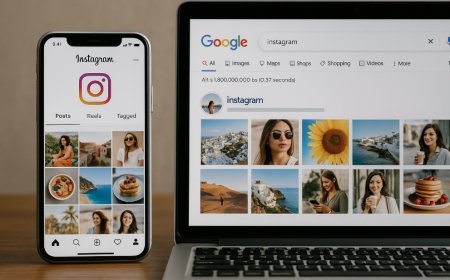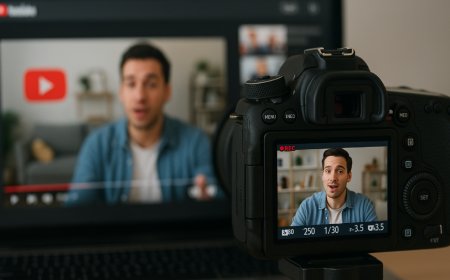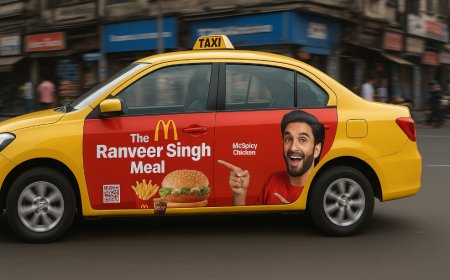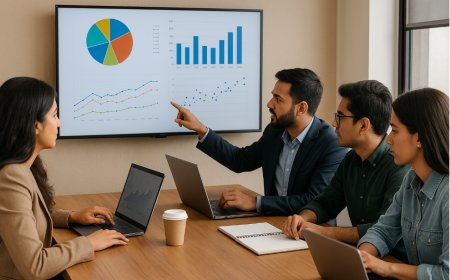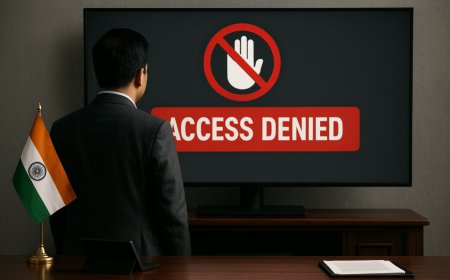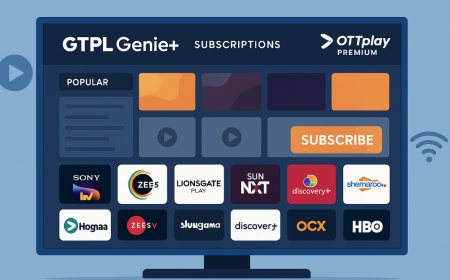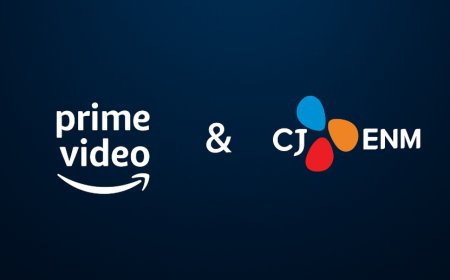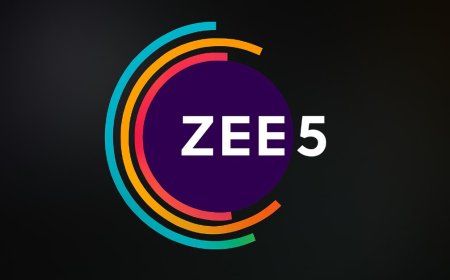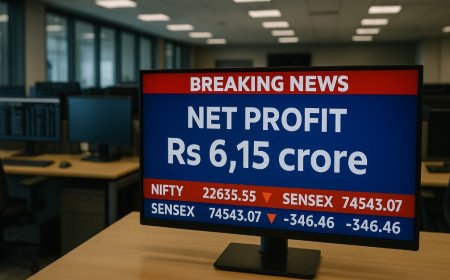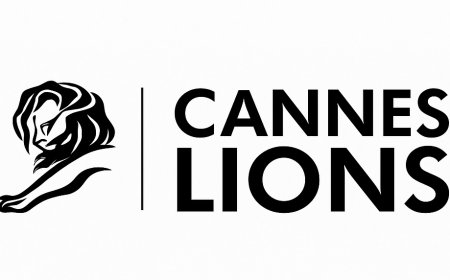Braving 2025 Headwinds: How the Digital Ad Economy is Striking a Balance Between Cost-Cutting and Growth
As economic headwinds challenge marketers in 2025, the digital ad industry is evolving fast — blending cost-efficiency with growth strategies. This blog explores how brands are leveraging AI, performance marketing, localized content, and purpose-driven campaigns to thrive amid tightening budgets and rising consumer expectations.

Introduction
As we move through 2025, the digital advertising industry is navigating a tough yet transformative phase. Economic pressures, cautious spending patterns, and a shifting consumer landscape have forced brands to rethink their advertising strategies. Yet, amid the cost-cutting measures, digital ad spending continues to find pockets of growth, driven by performance-focused campaigns and tech-enabled efficiency.
The Economic Reality of 2025
Global economic uncertainties — from inflation to supply chain disruptions — have prompted brands to scrutinize every marketing dollar spent. Budgets are tighter, and marketing teams are being asked to do more with less. This shift has driven a move away from high-cost traditional advertising to data-driven, measurable digital formats.
Performance Marketing Takes the Lead
In 2025, performance marketing has become the dominant strategy. Brands are increasingly investing in platforms that deliver measurable ROI — such as Google Ads, Meta platforms, and programmatic networks. Advertisers are allocating more funds toward campaigns that directly drive conversions rather than long-term brand awareness.
AI and Automation: The Silent Boosters
To maintain growth despite shrinking budgets, advertisers are leveraging artificial intelligence and automation tools. AI-driven ad optimization, predictive analytics, and real-time bidding have made digital campaigns more efficient. These technologies help marketers quickly adapt to changes in user behavior, allocate budgets effectively, and reduce manual overheads.
Shift to Owned and Earned Media
Brands are also redirecting focus toward owned media channels — including websites, mobile apps, and email marketing — where customer acquisition costs are lower. Additionally, influencer marketing and user-generated content have gained traction as affordable ways to maintain brand presence without traditional ad spend.
Localized and Regional Ad Strategies
With consumers becoming more cost-conscious, brands are tailoring ad campaigns for local relevance. Regional targeting, vernacular content, and personalized offers have shown better engagement, especially in tier-2 and tier-3 markets across Asia and emerging economies.
Privacy Regulations and First-Party Data
Data privacy remains a critical challenge. The deprecation of third-party cookies and growing regulations around data usage are pushing marketers to rely more on first-party data. Brands are building direct relationships with customers to gather insights responsibly, while also investing in privacy-compliant ad tech.
Sustainability and Purpose-Driven Marketing
Another trend reshaping digital advertising in 2025 is the demand for authentic, purpose-driven messaging. Consumers are supporting brands that align with their values — including sustainability, social impact, and ethical business practices. Advertisers are incorporating this into creative strategies to win consumer trust.
Conclusion
The digital advertising economy in 2025 is walking a tightrope — managing cost pressures while striving for sustainable growth. Smart tech adoption, focus on ROI, localized strategies, and value-driven storytelling are the key levers helping brands navigate the storm. As the landscape evolves, resilience and adaptability will define success in the digital marketing playbook of the future.
What's Your Reaction?
 Like
0
Like
0
 Dislike
0
Dislike
0
 Love
0
Love
0
 Funny
0
Funny
0
 Angry
0
Angry
0
 Sad
0
Sad
0
 Wow
0
Wow
0
